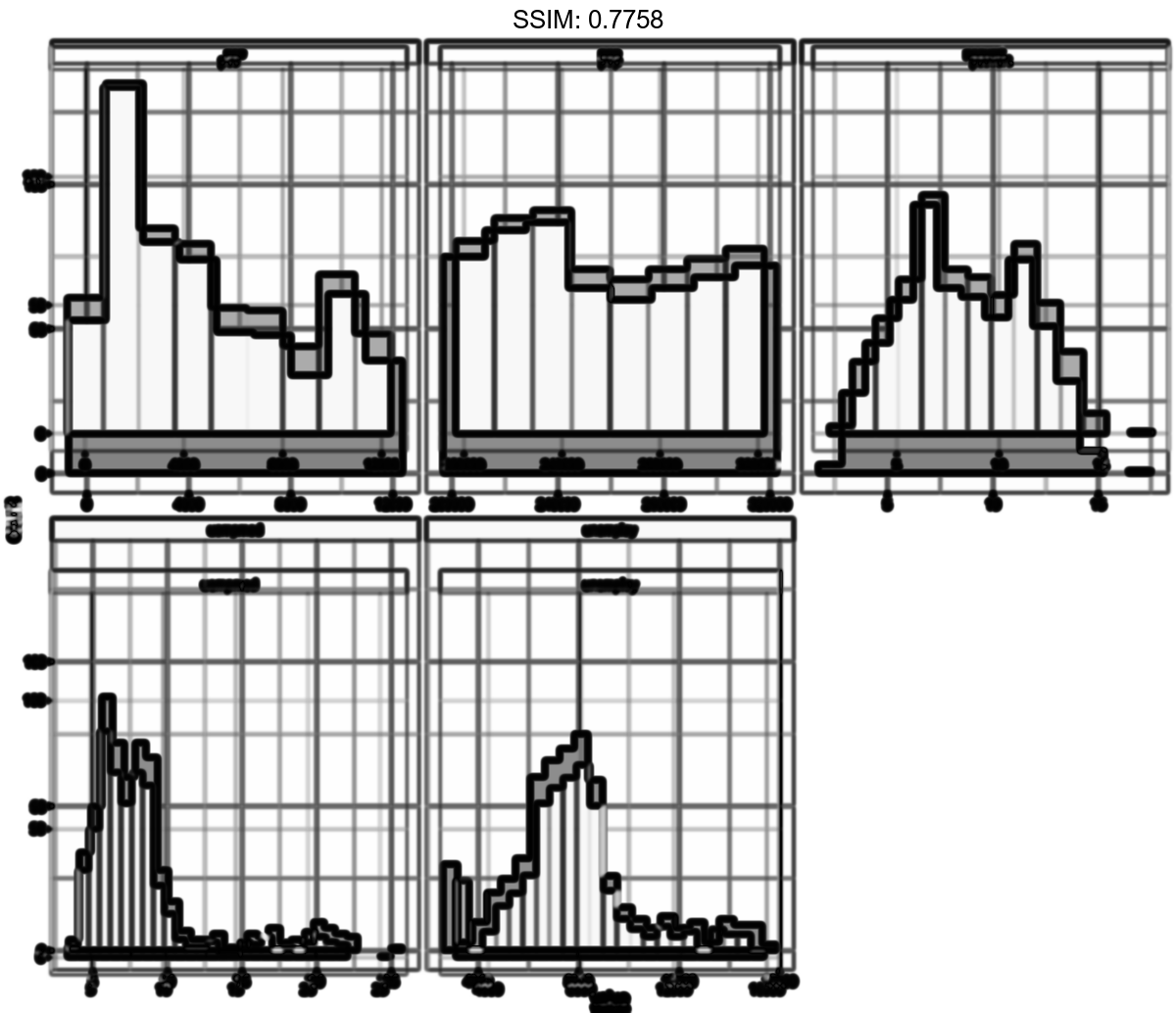GGPLOT - geom_histogram
Visualise the distribution of a single continuous variable by dividing the x axis into bins and counting the number of observations in each bin and then convert them with ggplotly
p <- ggplot(diamonds, aes(carat)) + geom_histogram()
plotly::ggplotly(p)
## `stat_bin()` using `bins = 30`. Pick better value with `binwidth`.


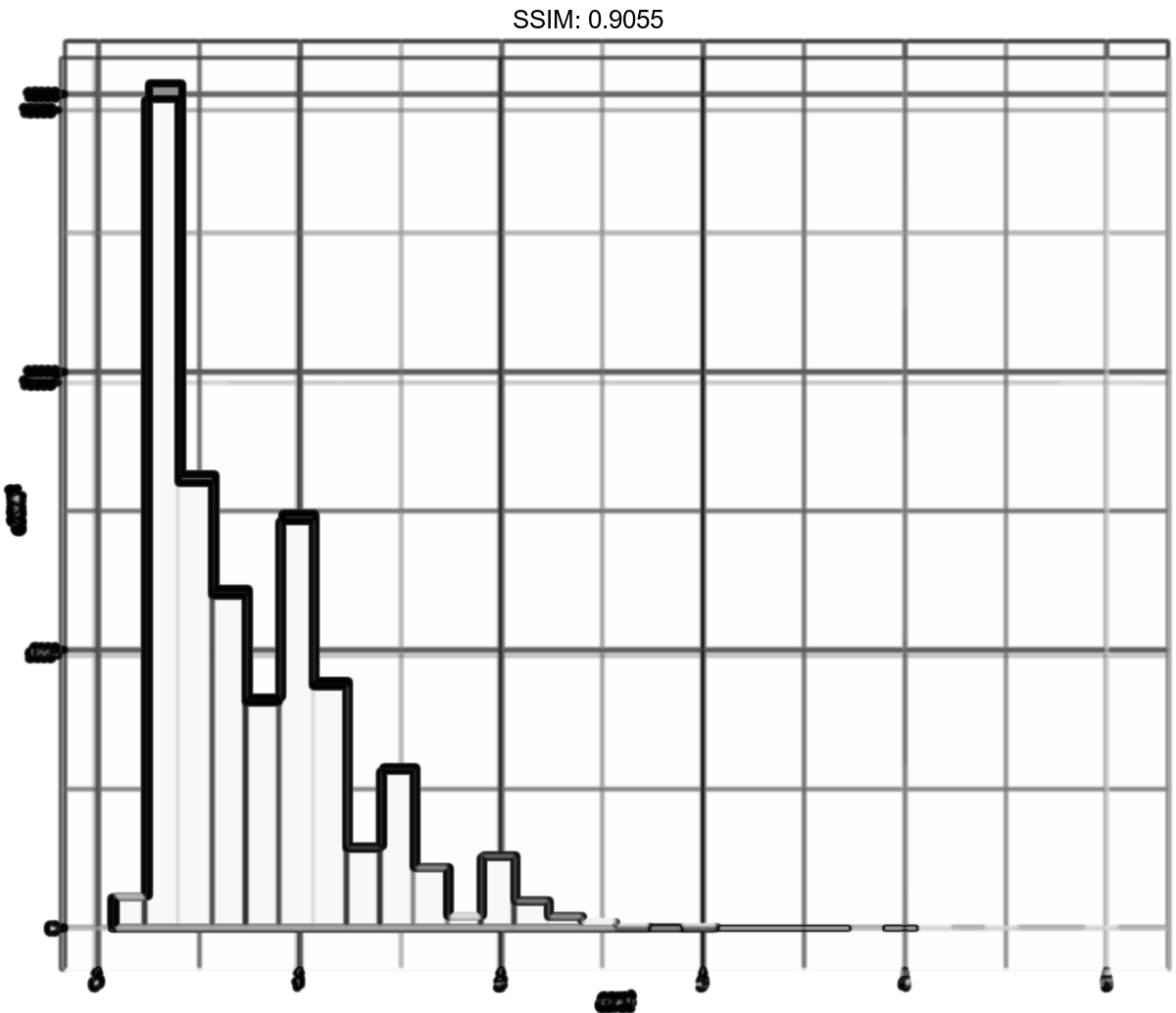
p <- ggplot(diamonds, aes(carat)) + geom_histogram(binwidth = 0.01)
plotly::ggplotly(p)


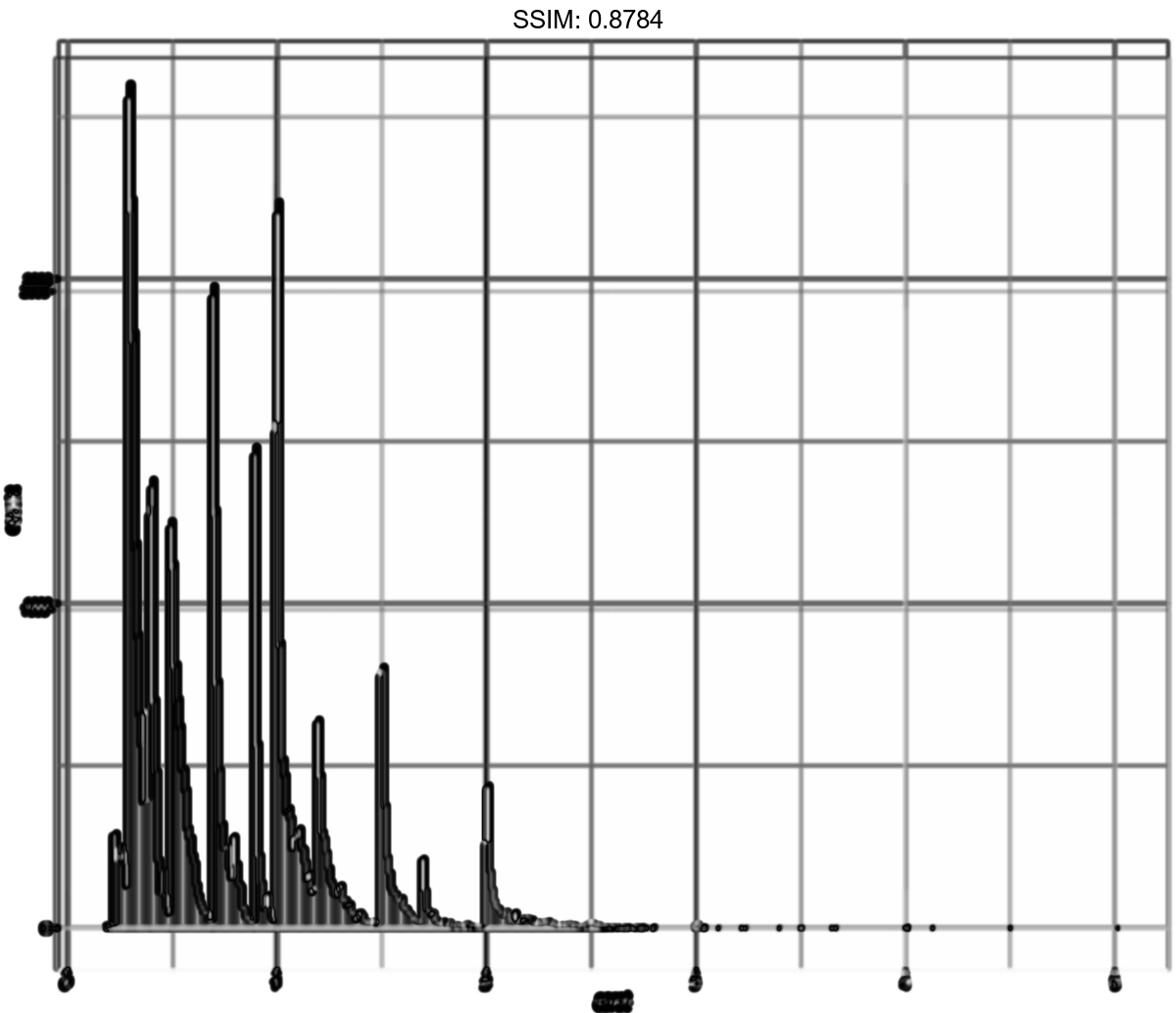
p <- ggplot(diamonds, aes(carat)) + geom_histogram(bins = 200)
plotly::ggplotly(p)


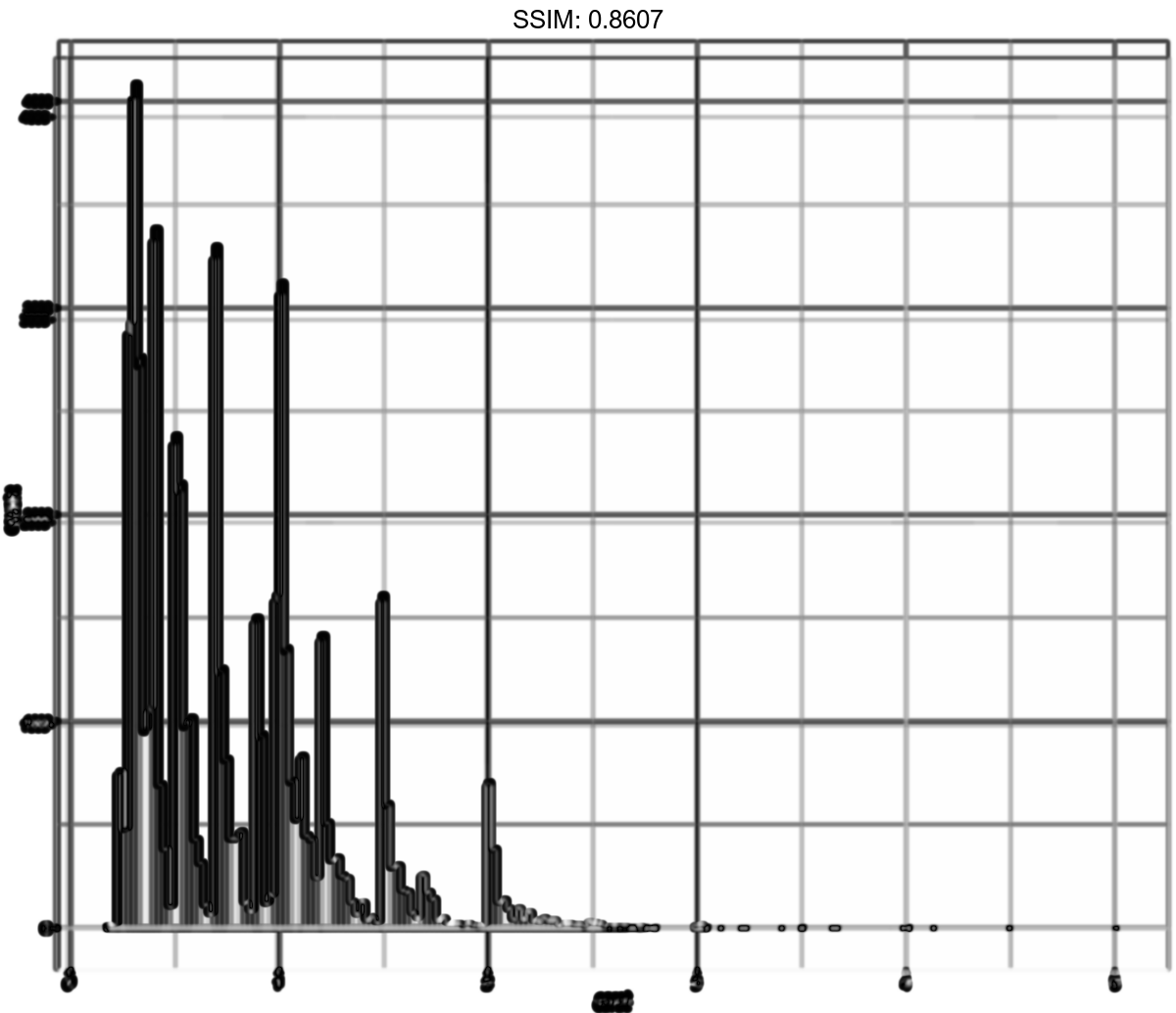
p <- ggplot(diamonds, aes(y = carat)) + geom_histogram()
plotly::ggplotly(p)
## `stat_bin()` using `bins = 30`. Pick better value with `binwidth`.


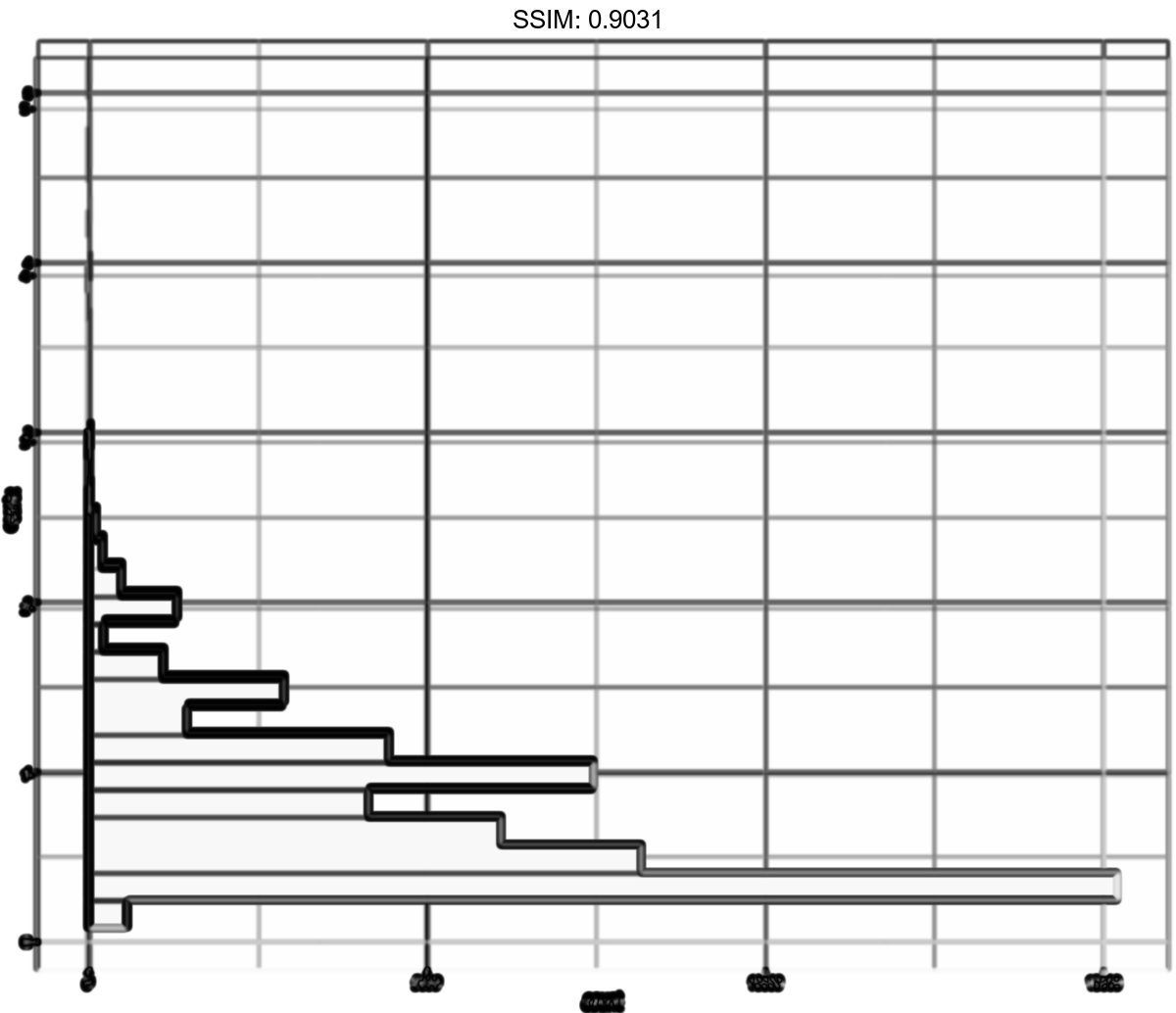
p <- ggplot(diamonds, aes(carat)) + geom_bar() + scale_x_binned()
plotly::ggplotly(p)

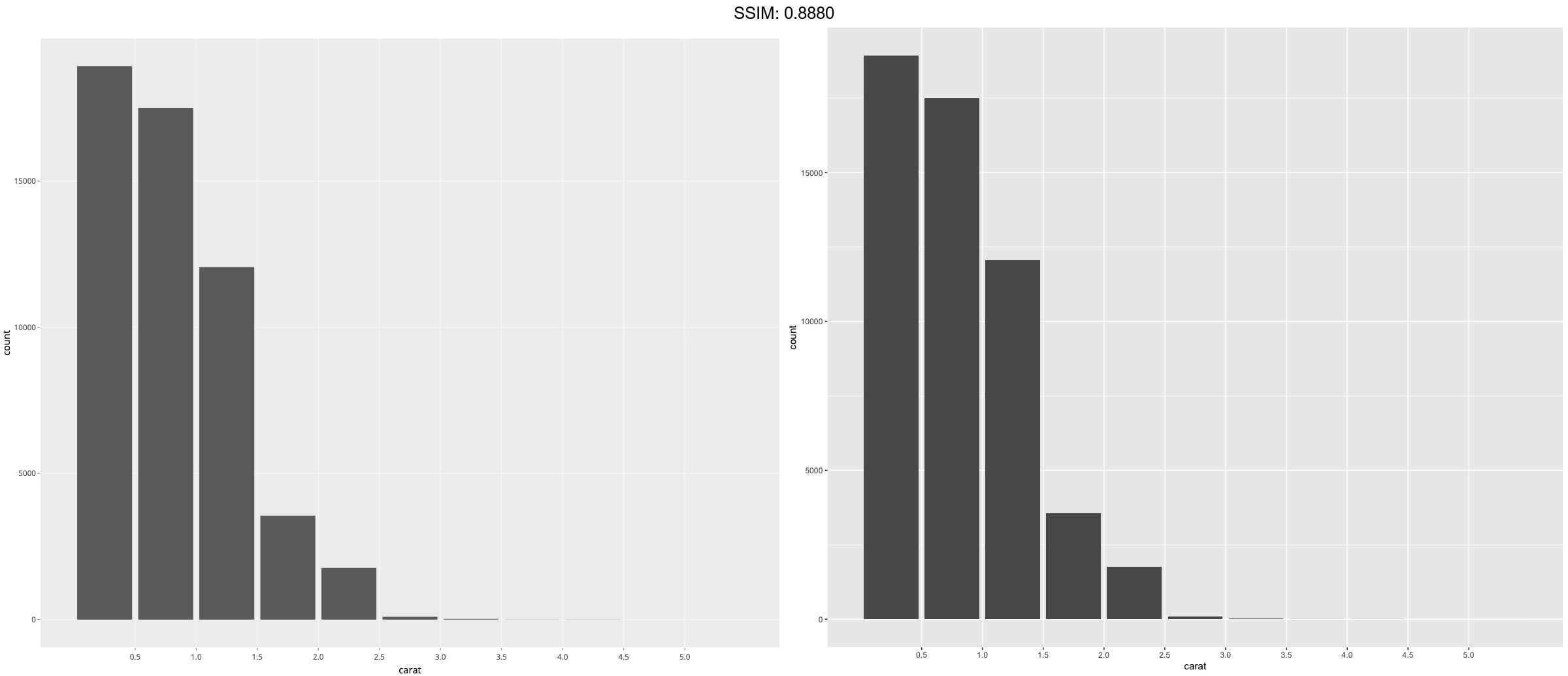
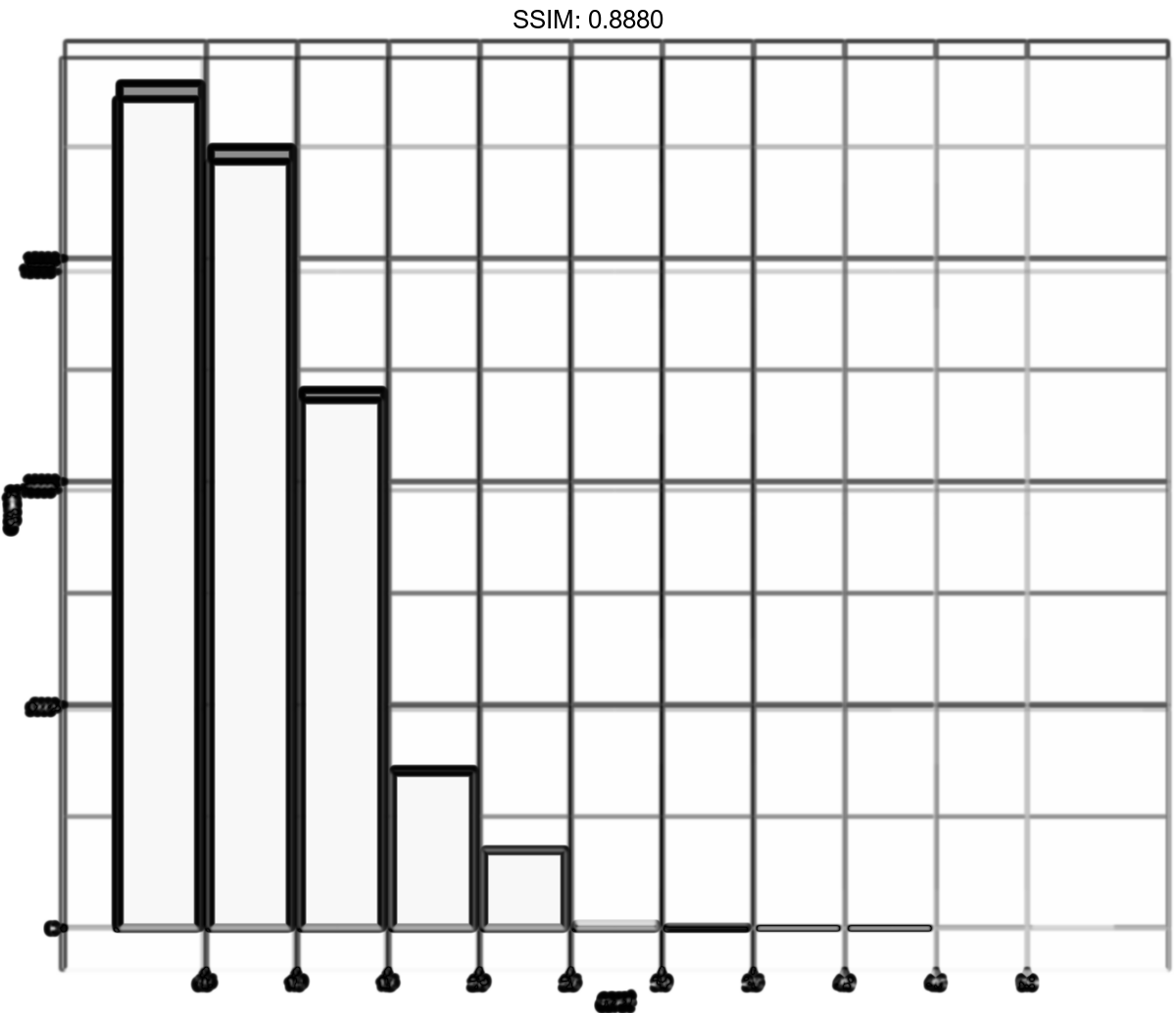
p <- ggplot(diamonds, aes(price, fill = cut)) + geom_histogram(binwidth = 500)
plotly::ggplotly(p)


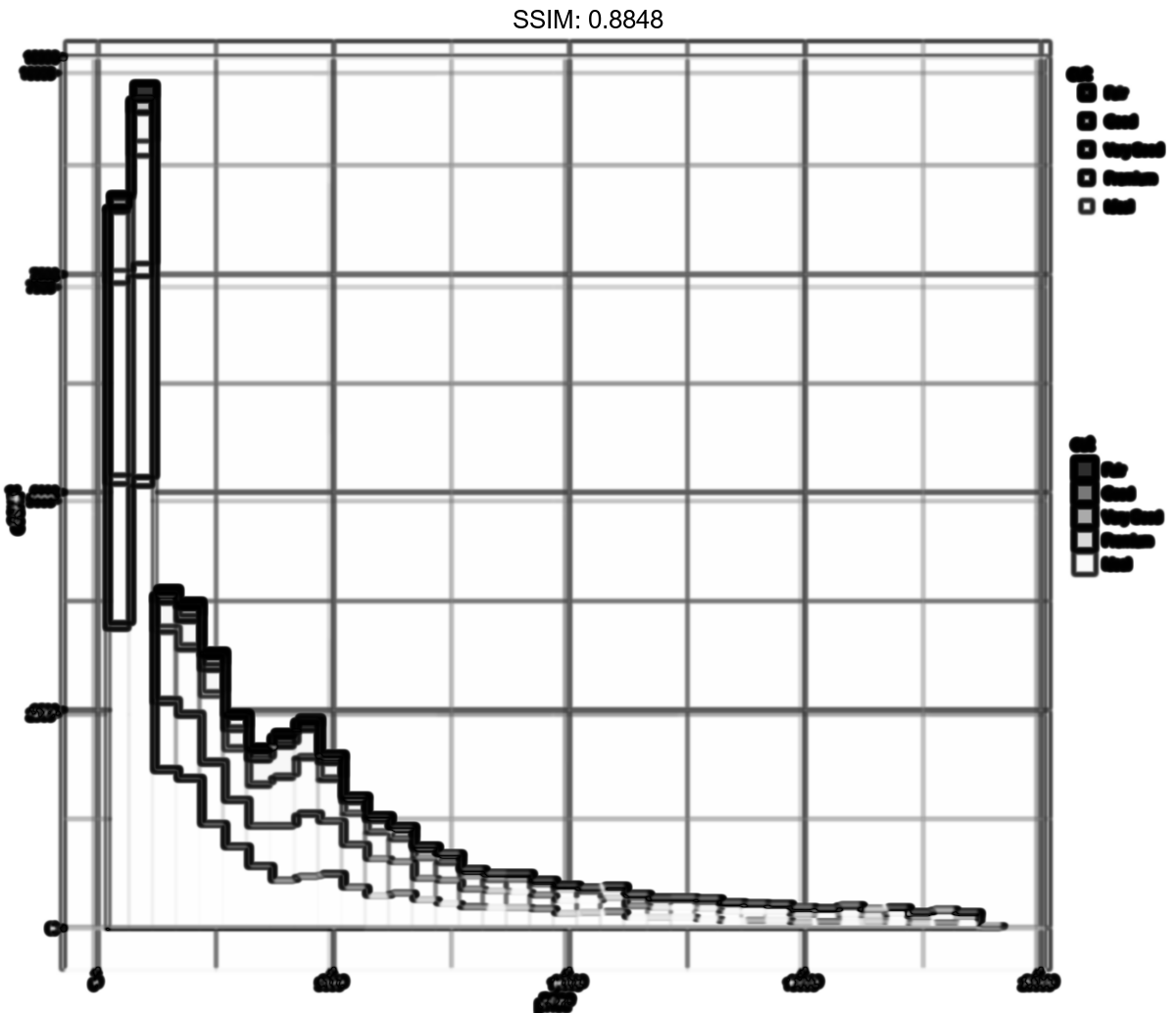
p <- ggplot(diamonds, aes(price, colour = cut)) + geom_freqpoly(binwidth = 500)
plotly::ggplotly(p)


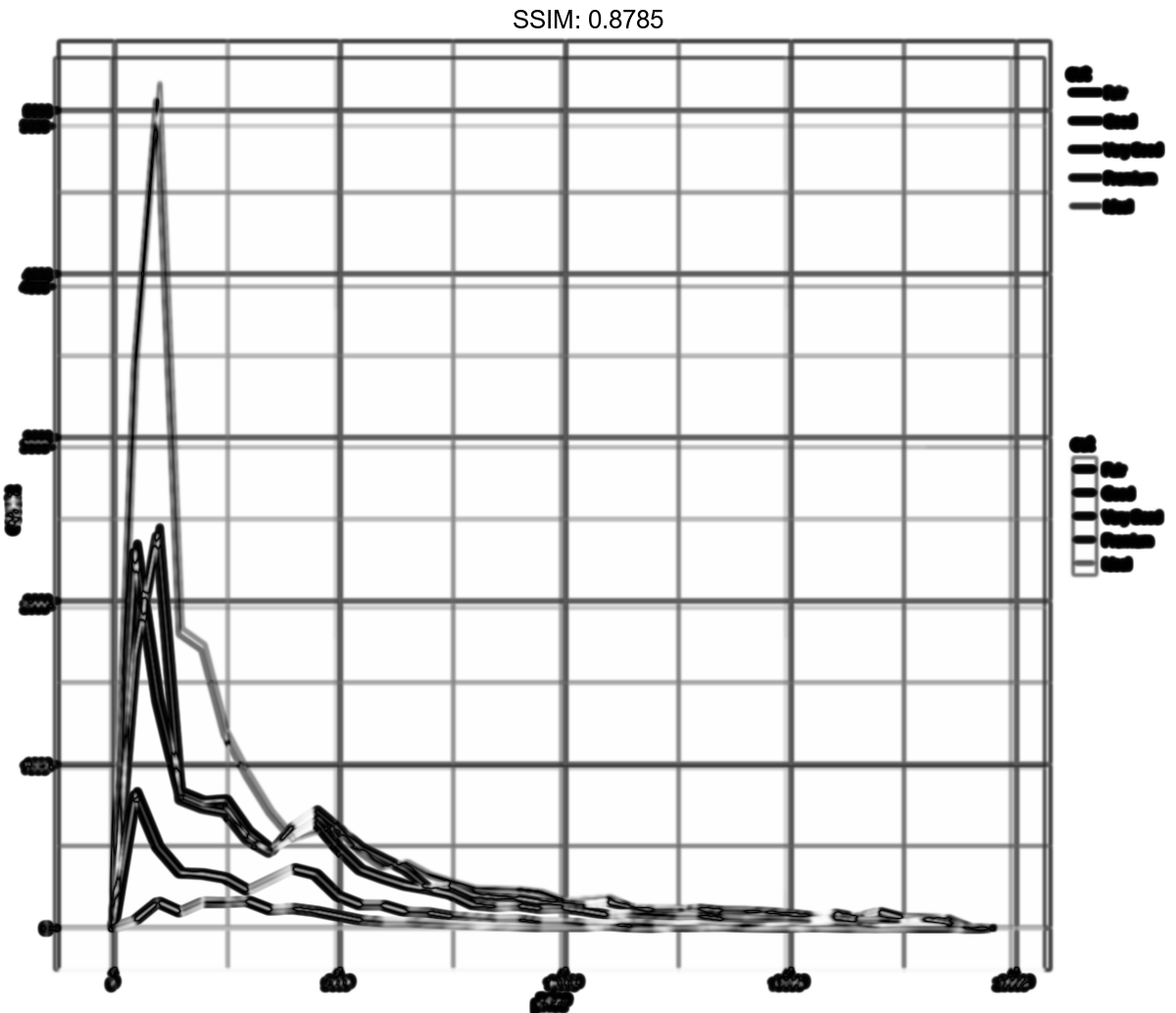
p <- ggplot(diamonds, aes(price, after_stat(density), colour = cut)) + geom_freqpoly(binwidth = 500)
plotly::ggplotly(p)

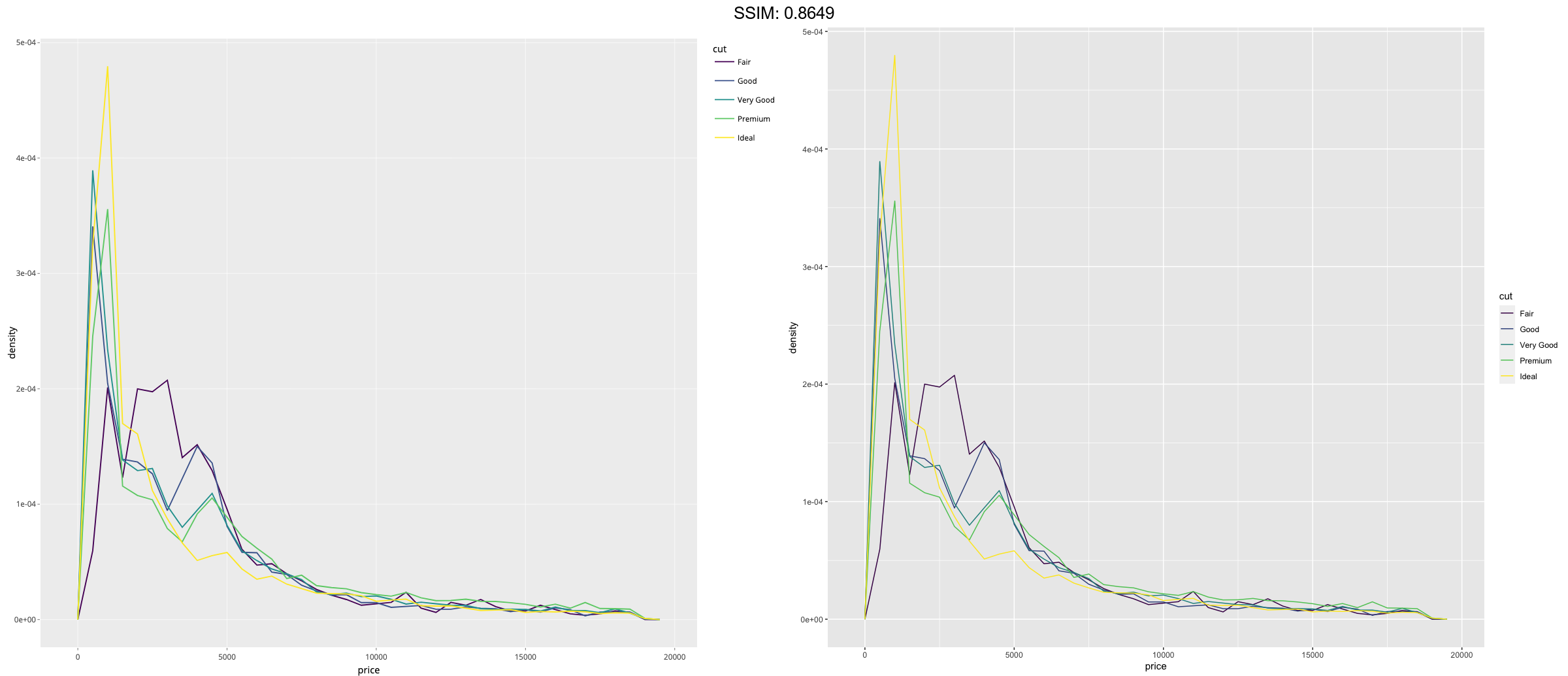

p <-
if (require("ggplot2movies")) {
m <- ggplot(movies, aes(rating))
m + geom_histogram(binwidth = 0.1)
m +
geom_histogram(aes(weight = votes), binwidth = 0.1) +
ylab("votes")
m +
geom_histogram() +
scale_x_log10()
m +
geom_histogram(binwidth = 0.05) +
scale_x_log10()
m +
geom_histogram(boundary = 0) +
coord_trans(x = "log10")
m +
geom_histogram(boundary = 0) +
coord_trans(x = "sqrt")
m <- ggplot(movies, aes(x = rating))
m +
geom_histogram(binwidth = 0.5) +
scale_y_sqrt()
}
plotly::ggplotly(p)

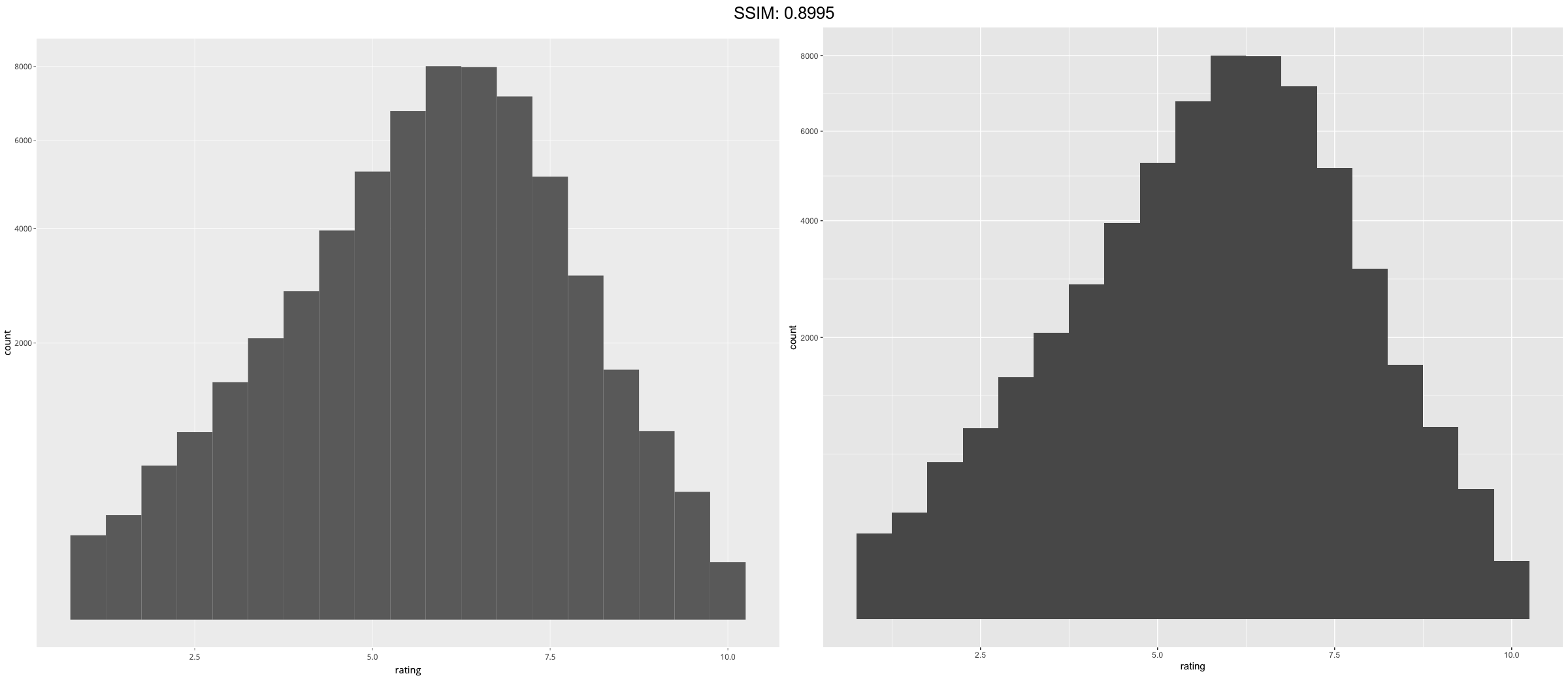

p <- ggplot(economics_long, aes(value)) + facet_wrap(~variable, scales = 'free_x') + geom_histogram(binwidth = function(x) 2 * IQR(x) / (length(x)^(1/3)))
plotly::ggplotly(p)


